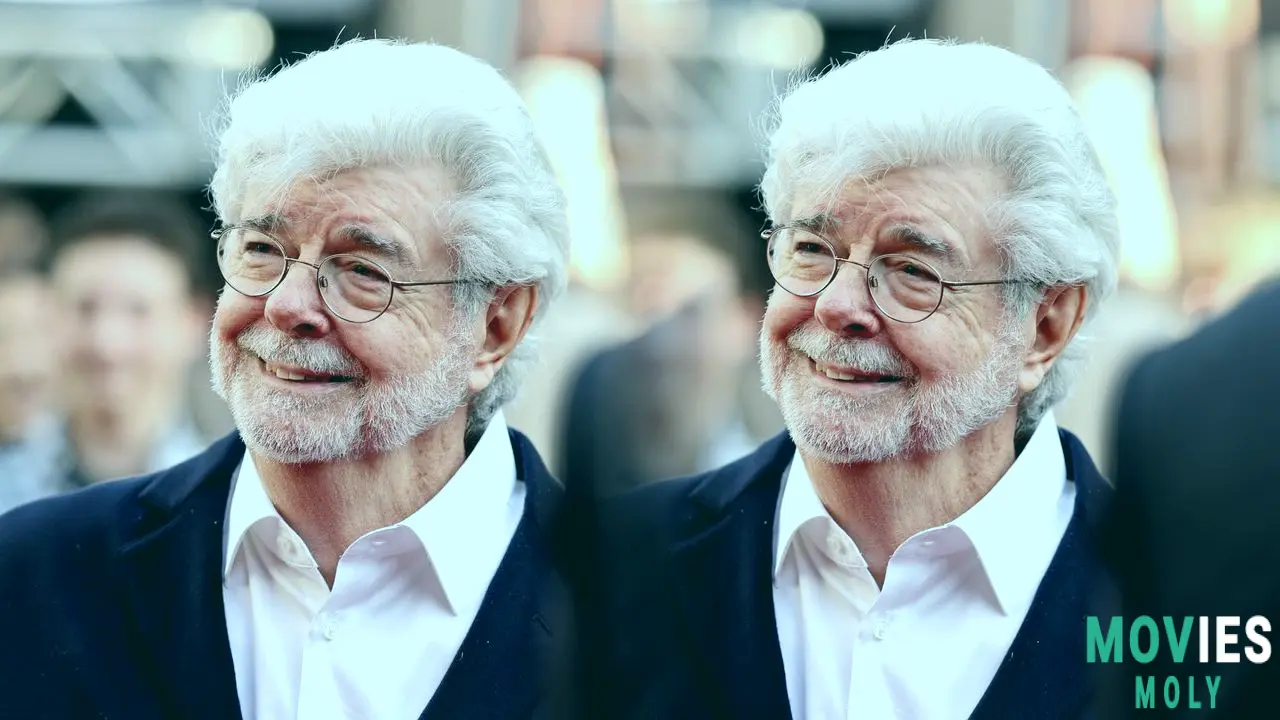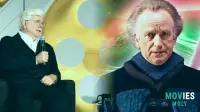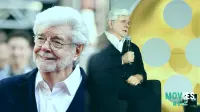By channeling the wisdom of a Jedi Master and the instinct of a 12-year-old fan, George Lucas once again proved that behind every iconic moment in cinema is a creator thinking three steps ahead — and speaking in a language all his own.
In what may be one of the most satisfying clarifications to pop culture lore in decades, George Lucas revealed why Jedi Master Yoda speaks in that unmistakably twisted syntax. Not at a comic con, not in a throwaway podcast, but during a rare on-stage appearance at the 2025 TCM Classic Film Festival. The occasion? A 45th anniversary screening of The Empire Strikes Back, the film that elevated Lucas’ space opera into mythic status.
“Because if you speak regular English, people won’t listen that much,” Lucas said simply. The line wasn’t part of the script — it was a direct answer to a question that’s floated through fan theories, academic papers, and Reddit threads since Yoda first grunted his way into Luke Skywalker’s training on Dagobah. The backwards word order, the quirky cadence, was a deliberate tool to make sure audiences — especially younger ones — paid attention to the character’s wisdom.
Yoda’s Speech Pattern Was A Clever Tool To Engage 12-Year-Olds“He was basically the philosopher of the movie,” Lucas explained. “I had to figure out a way to get people to actually listen — especially 12-year-olds.” And listen they did. Lines like “The greatest teacher, failure is” and “When 900 years old you reach, look as good you will not” have become ingrained in the cultural lexicon, quoted by fans, scholars, and marketers alike. What’s more, the distinctive speech gave Yoda an otherworldly aura without making him unintelligible — a fine line expertly walked by Frank Oz, whose performance behind the puppet remains legendary.
In a stroke of meta-heroism, Disney+, Star Wars, and LucasFilm recently shared clips of Yoda bloopers on their Instagram accounts — featuring Oz delivering the lines with the same playful energy even when the takes were no good. It’s a reminder that behind the philosophical veneer was a character brought to life with love, humor, and patience. Yoda wasn’t just wise. He was alive.
Lucas’ Rare Interview Showcased His Signature Storytelling And Industry Ingenuity
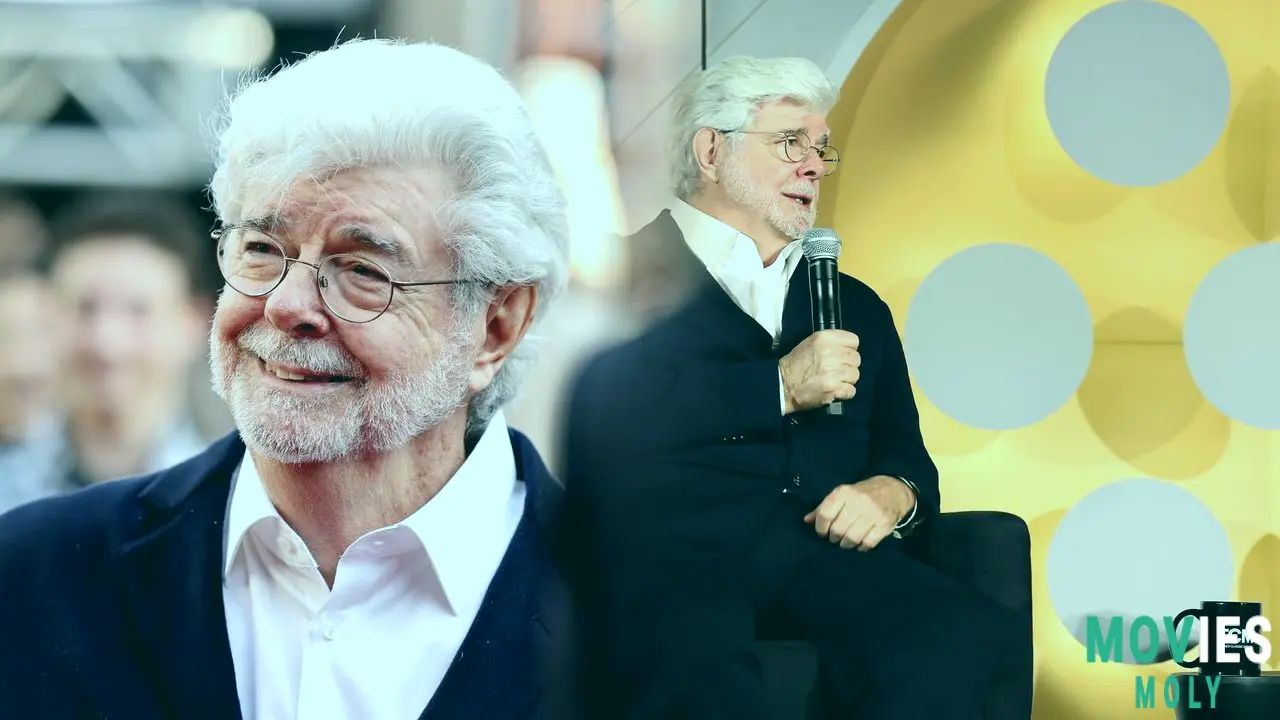
Though the crowd was eager to hear about Star Wars, Lucas took his time — as he always does — weaving stories from his early days on Francis Ford Coppola’s Finian’s Rainbow set. He painted a picture of two young filmmakers with beards and dreams, surrounded by old studio hands who didn’t know what to make of them. It was a genesis not just of his career, but of a new filmmaking language that would soon be codified in American Graffiti and then explosively unleashed with Star Wars in 1977.
In a moment that perfectly encapsulated Lucas’ blueprint approach to writing, he revealed that he had already mapped out the entire Star Wars saga when he was working on the original script. “I wrote like a blueprint,” he said. The original script ballooned from 130 to 180 pages, so he split the story into three parts — hoping to make at least one. The rest, as they say, is galactic history.
Lucas also revisited one of his smartest early negotiations. He insisted on owning the licensing rights for Star Wars — a term the studio executives didn’t even understand at the time. “They thought it was worthless,” he said. Little did they know, this gambit would birth an empire of toys, comics, and merchandise that would redefine the economics of Hollywood forever.
George Lucas’ Legacy Is Defined By Creative Control And Audience Connection
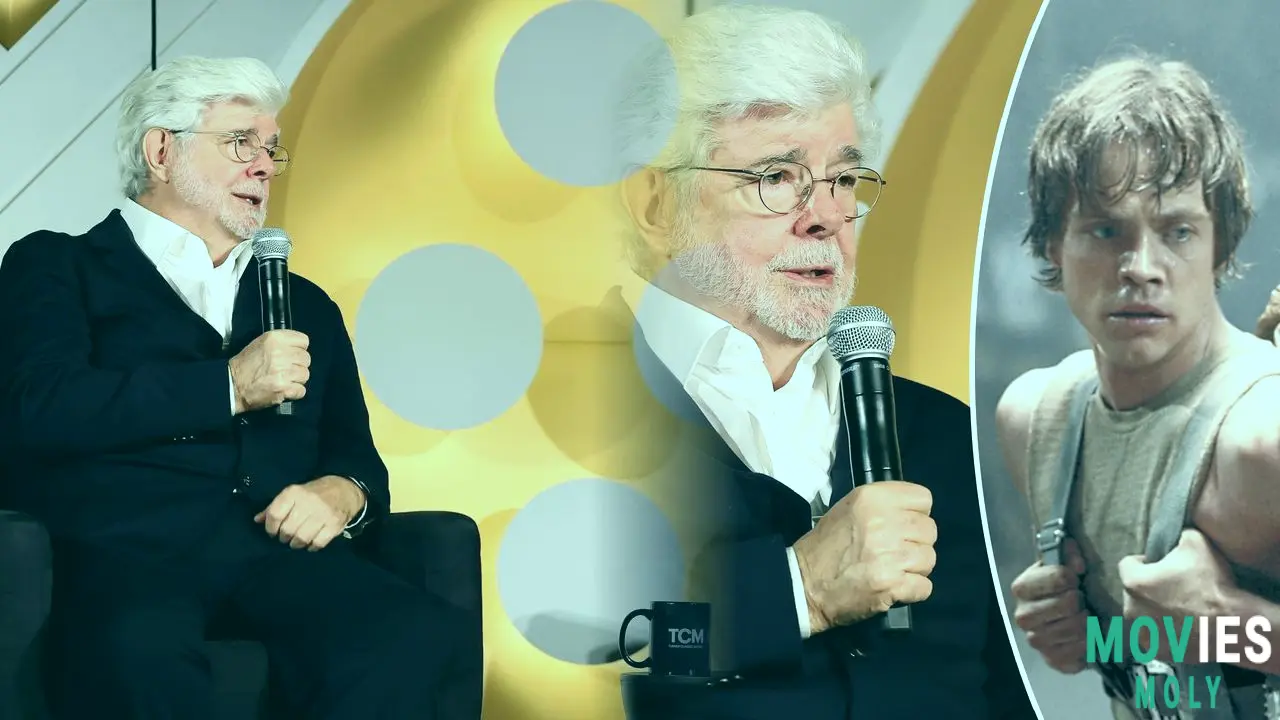
One of the most striking aspects of Lucas’ career — and one that resonates deeply with franchise fans across Marvel, DC, and beyond — is his unyielding desire for creative control. He didn’t just want to make a movie; he wanted to own the story, the world, and the future of it. This instinct mirrors what we've seen in creators like Kevin Feige and James Gunn, who build universes not just for today’s box office, but for decades of fan engagement.
Lucas’ guerrilla marketing tactics — getting kids to wear lightsabers in Disneyland before the film even dropped — foreshadowed the fan-driven hype cycles that now dominate Comic-Con and Twitter. He was marketing to passion, to play, to belief. Sound familiar, Marvel and Star Wars fans?
Even After 80 Years, Lucas Continues To Speak On His Own Terms
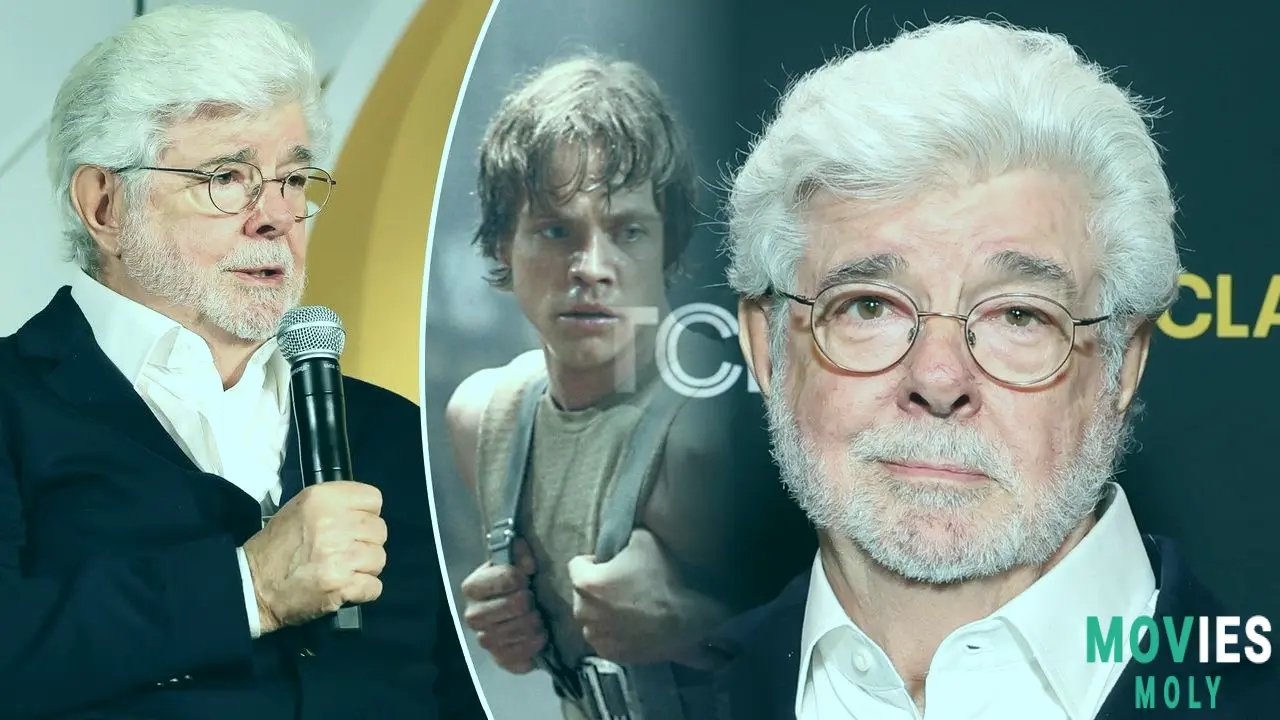
When asked whether he preferred Yoda or Lando Calrissian, Lucas dodged the question with the same clever irreverence that defined his career. “If you have 12 kids, which one do you like the most?” he asked. It wasn’t evasive. It was iconic. Like the man himself.
At 80, and with fewer public appearances than ever, Lucas’ presence at the festival felt less like a promotional push and more like a masterclass in patience, presence, and playing the long game. He didn’t rush. He didn’t pander. He simply spoke — and when he did, it was with the force of a creator who changed the way stories are told and sold.
George Lucas may not have directly answered every question about his films, but in explaining Yoda’s speech, he did something more important: he reminded us that every choice in storytelling is an opportunity to connect, to challenge, and to inspire. Even if that means talking backwards to move forward.

